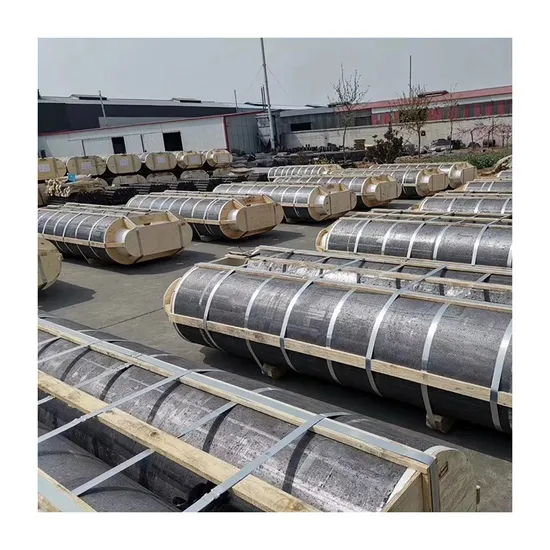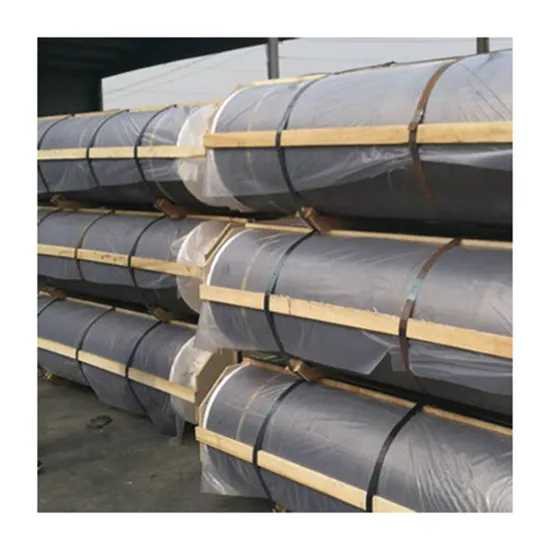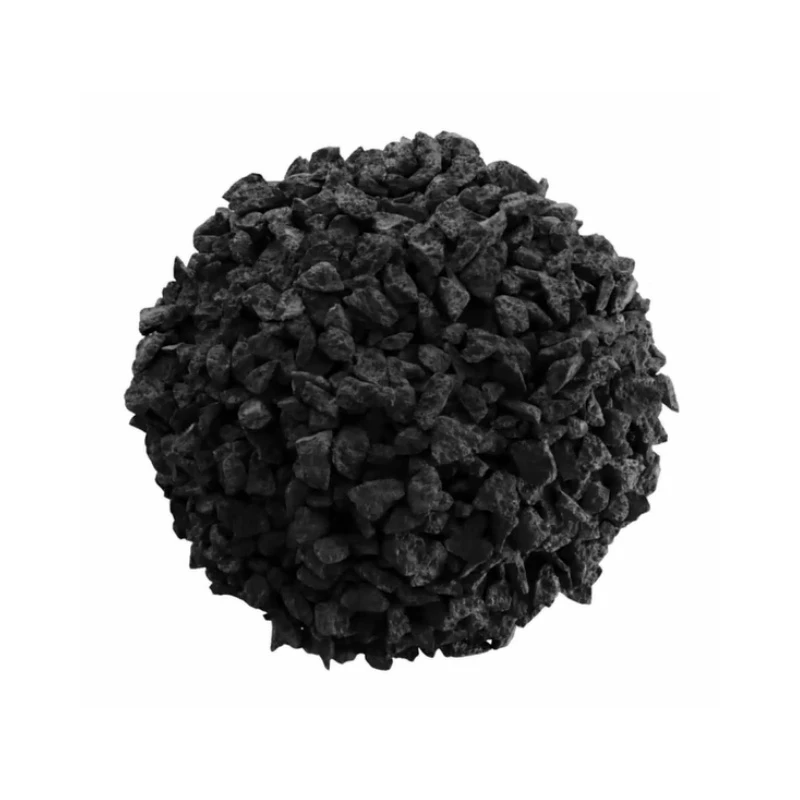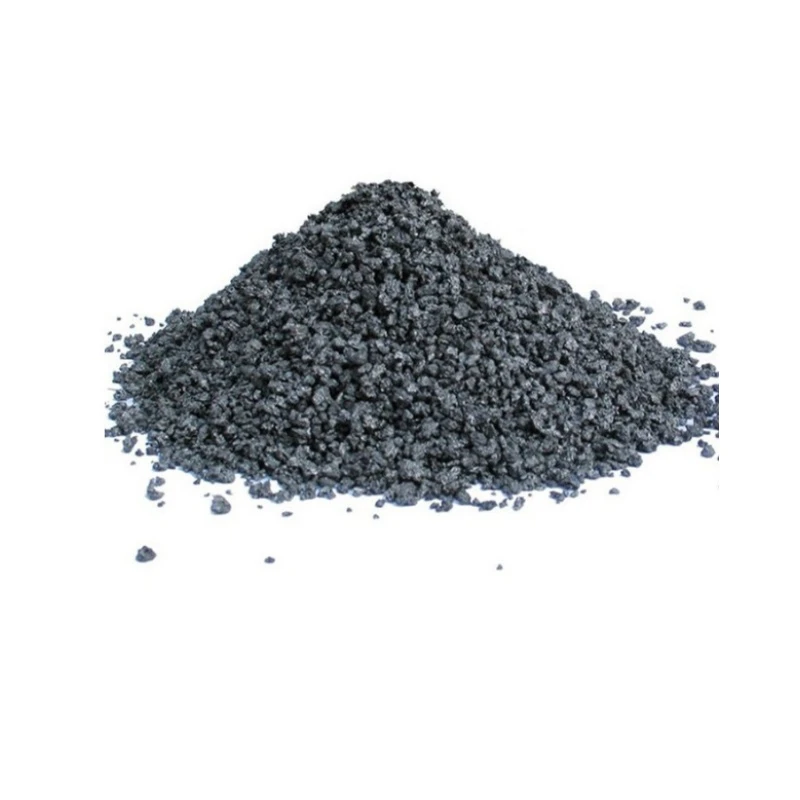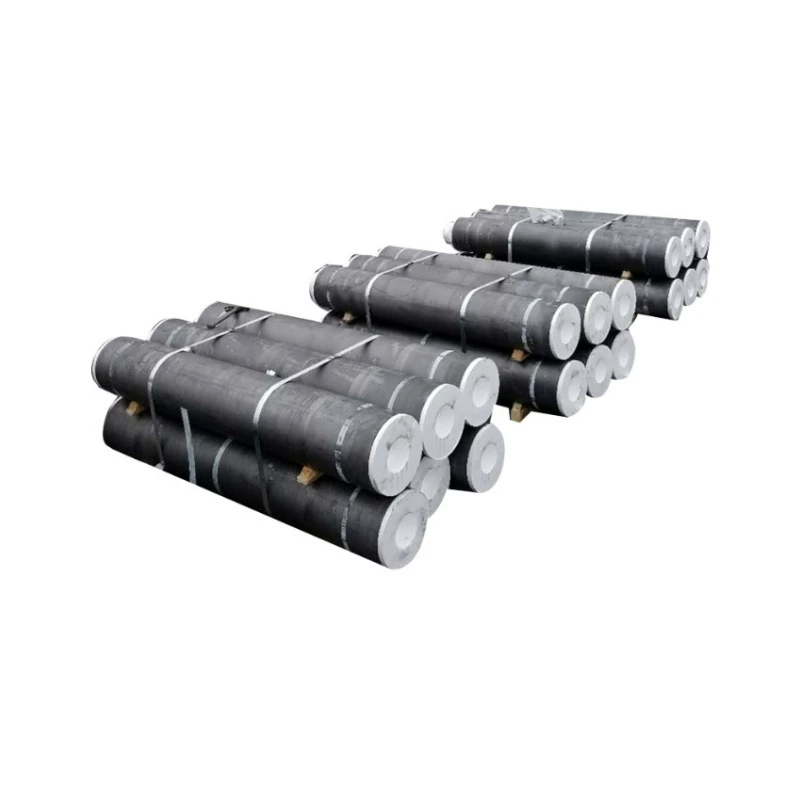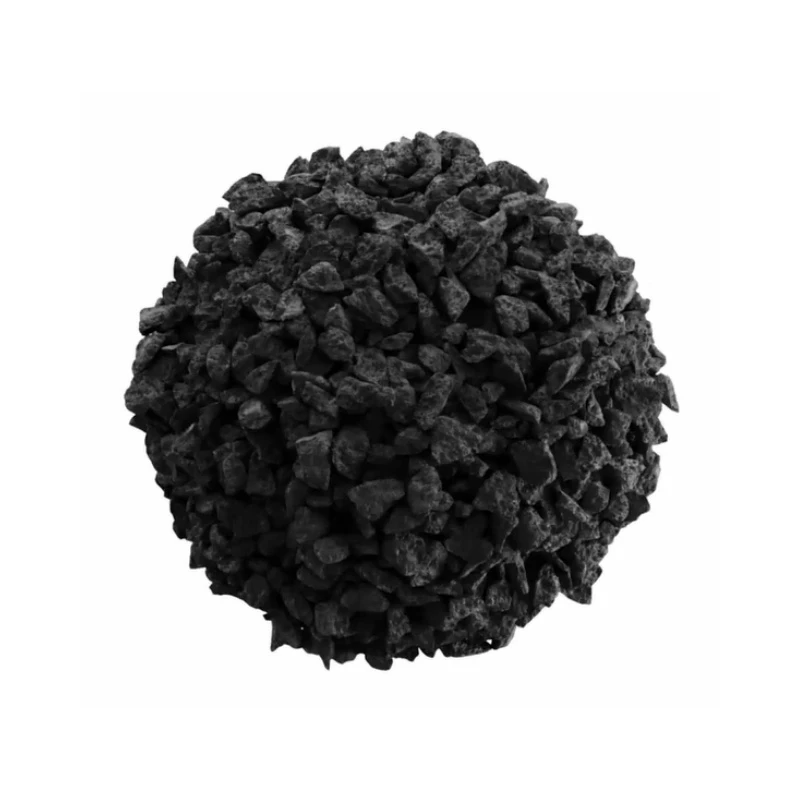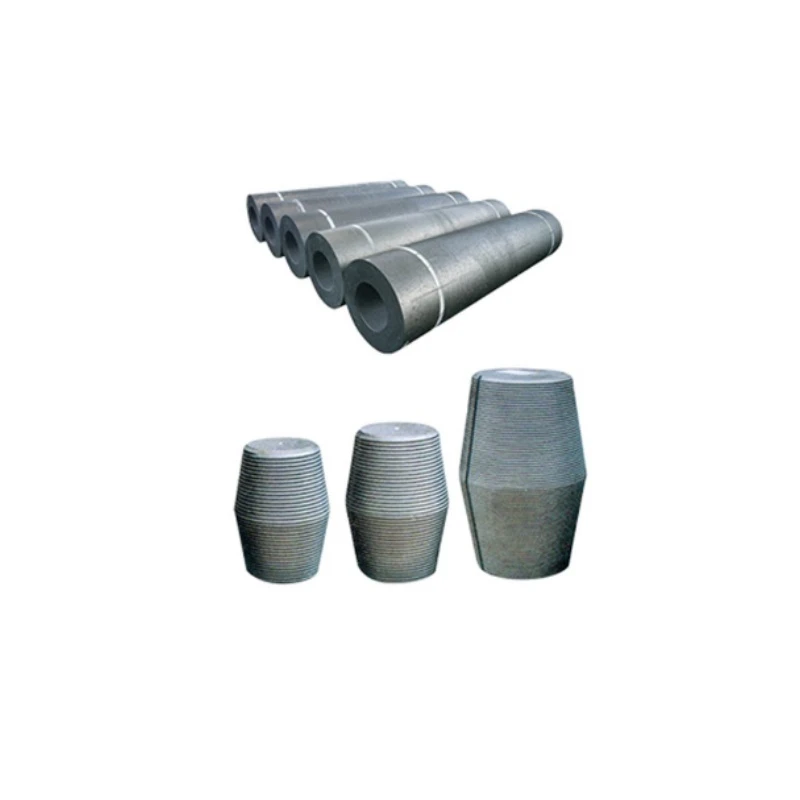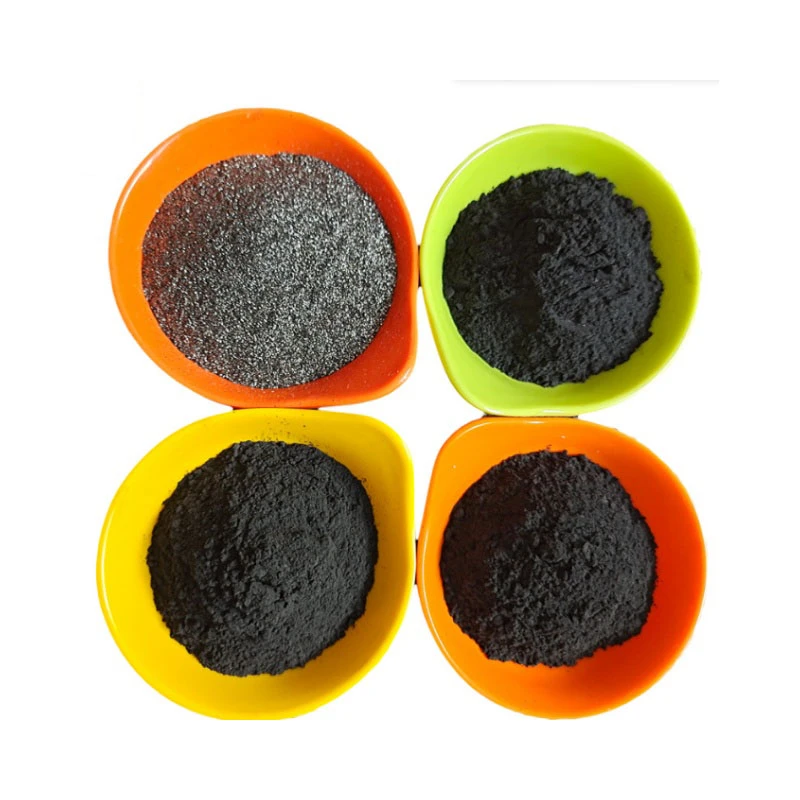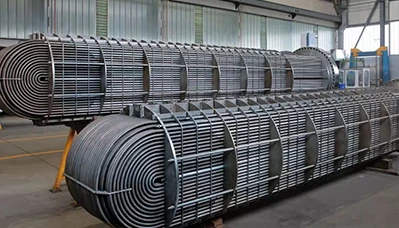- Englist


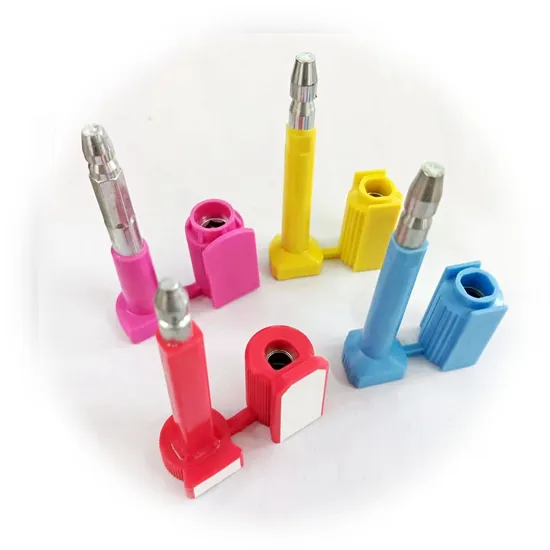
- Introduction to Graphite Components in Energy Systems
- Technical Superiority of High-Performance Graphite Plates
- Density Comparison: Petroleum Coke vs. Synthetic Alternatives
- Customized Solutions for Diverse Fuel Cell Architectures
- Performance Metrics Across Leading Manufacturers
- Real-World Implementation in Automotive Energy Systems
- Sustainable Future of Graphite-Based Fuel Technologies

(graphite plates for fuel cells)
Graphite Components Powering Modern Energy Solutions
Fuel cell efficiency relies on specialized materials capable of withstanding extreme operational conditions. Graphite plates have emerged as critical components, demonstrating 23% higher longevity compared to metallic alternatives in proton exchange membrane fuel cells. The global market for these components reached $412 million in 2023, driven by demand from automotive and stationary power sectors.
Technical Superiority of High-Performance Graphite Plates
Advanced graphite plates exhibit:
- Thermal conductivity: 120-150 W/m·K (3× stainless steel)
- Corrosion resistance: 0.002 mm/year degradation in acidic environments
- Electrical resistivity: 8-12 μΩ·m (enabling efficient current collection)
Petroleum coke-derived materials demonstrate enhanced structural stability, maintaining 98% initial porosity after 5,000 thermal cycles.
Material Density Comparison Analysis
| Material | Density (g/cm³) | Flexural Strength (MPa) | Cost Index |
|---|---|---|---|
| Natural Graphite | 1.6-1.8 | 45 | 1.8 |
| Petroleum Coke-Based | 1.7-1.9 | 68 | 1.2 |
| Synthetic Graphite | 1.8-2.0 | 85 | 2.4 |
Customized Fuel Cell Solutions
Manufacturers now offer:
- Precision-machined flow field patterns (serpentine vs interdigitated)
- Hybrid composites with carbon fiber reinforcement
- Surface treatments reducing contact resistance by 40%
Manufacturer Performance Benchmarking
| Supplier | Throughput (plates/hr) | Dimensional Tolerance | Warranty Period |
|---|---|---|---|
| GrafTech | 120 | ±0.05mm | 10 years |
| SGL Carbon | 85 | ±0.08mm | 7 years |
| Toyo Tanso | 95 | ±0.06mm | 8 years |
Automotive Fuel Cell Implementation
A recent 18-month trial with a major OEM demonstrated:
- 0.68V/cell maintenance at 1.5A/cm² current density
- 15% efficiency improvement over previous designs
- 38% reduction in stack replacement frequency
Sustainable Graphite Technologies Shaping Energy Infrastructure
With 84% of new fuel cell designs incorporating petroleum coke-derived graphite plates, the industry is transitioning toward circular material systems. Advanced recycling techniques now recover 92% of graphite content from end-of-life stacks, aligning with global decarbonization targets. Continuous improvements in pet coke fuel processing have reduced manufacturing energy consumption by 27% since 2020.

(graphite plates for fuel cells)
FAQS on graphite plates for fuel cells
Q: What are graphite plates used for in fuel cells?
A: Graphite plates in fuel cells act as bipolar plates, facilitating electrical conductivity, gas distribution, and structural support while resisting corrosion in harsh environments.
Q: Is petroleum coke fuel used to produce graphite plates for fuel cells?
A: Yes, high-quality graphite plates are often made from graphitized petroleum coke, which is processed to achieve the purity and conductivity required for fuel cell applications.
Q: How do graphite plates differ from pet coke fuel in energy applications?
A: Graphite plates are engineered components for fuel cells, while pet coke fuel is a carbon-rich material burned for industrial heat, with no direct role in fuel cell technology.
Q: Why are graphite plates preferred over metals in fuel cells?
A: Graphite plates offer superior chemical resistance, lighter weight, and better electrical conductivity compared to metals, ensuring long-term durability and efficiency in fuel cells.
Q: Can pet coke fuel be a substitute for graphite plates in fuel cells?
A: No, pet coke fuel lacks the structural integrity and conductivity needed for bipolar plates. It requires extensive processing to become graphite suitable for fuel cell components.





 Pervious
Pervious
 Next
Next
